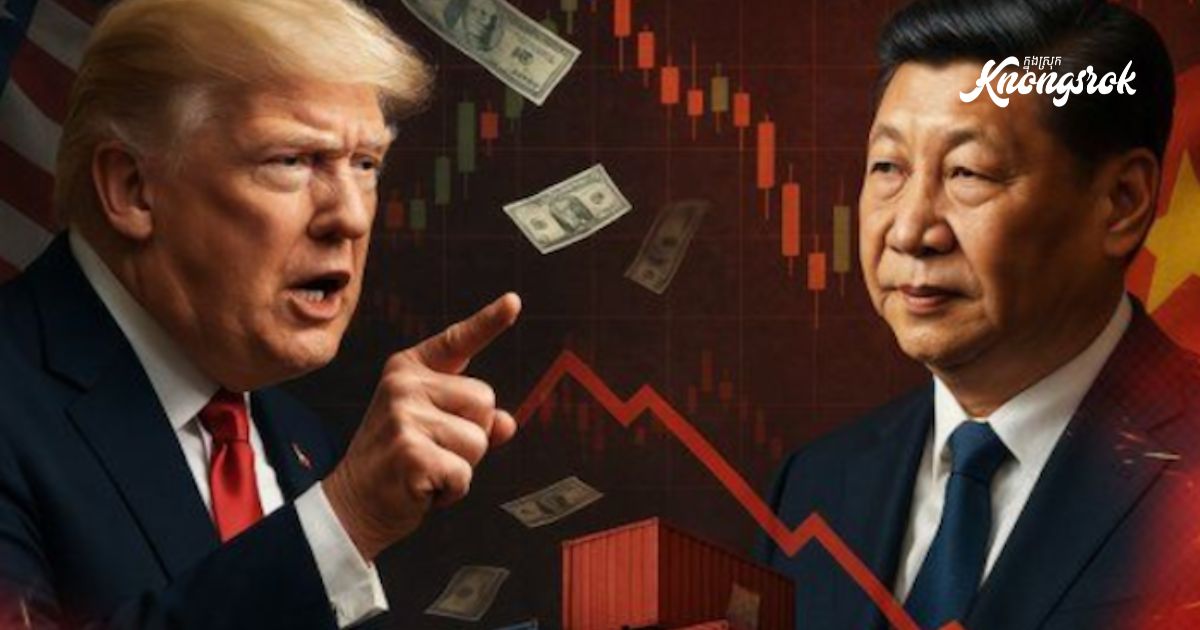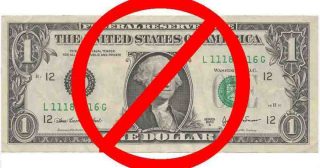China Imposes 125% Tariffs on U.S. Goods in Retaliation to Trump’s Trade Measures
Beijing, April 12, 2025 — In a major escalation of the U.S.-China trade conflict, the Chinese government has officially imposed a staggering 125% tariff on a wide range of American imports, effective Saturday. This move is a direct response to the Biden administration’s recent tariff hikes — initiated by former President Donald Trump and aimed at curbing China’s influence in key sectors.

The new Chinese tariffs, announced by the Ministry of Finance in Beijing, are seen as a bold retaliation against the U.S. decision to raise tariffs on Chinese goods up to 145%, including a 20% levy targeting China’s alleged role in fentanyl trafficking. China has called the move “economic coercion” and warned of severe consequences for global trade stability.
A Shift in Strategy from China
Unlike past tit-for-tat measures, China’s response this time suggests a strategic shift. The government signaled that it may no longer match future U.S. tariff hikes — not out of weakness, but because American goods are becoming too expensive to import, rendering them uncompetitive in Chinese markets.
Analysts interpret this as China effectively shutting the door on some U.S. imports, potentially forcing American manufacturers to seek new markets while Chinese firms look inward or toward friendlier economies.
Global Economic Concerns Rise
The renewed trade tensions have rattled global markets. Major indices in Asia, Europe, and the U.S. dipped amid fears that this new tariff war could slow economic recovery and even spark a global recession.
International institutions like the World Trade Organization (WTO) and IMF have expressed concern over the growing use of tariffs as economic weapons. Many experts believe the situation could spiral further if diplomacy fails to bring both superpowers back to the negotiating table.
The Political Context
The tariffs come at a politically charged time. With the U.S. presidential election just months away, Trump and his team have made “economic nationalism” and “holding China accountable” key pillars of their campaign. The Chinese government, meanwhile, is under pressure to demonstrate strength without alienating its own economic partners.
This back-and-forth escalation could define trade relations for years to come — and reshape how global supply chains operate.
What Happens Next?
With 125% tariffs now in place, American exporters face steep barriers to one of the world’s largest markets. U.S. agricultural products, automobiles, and technology components are expected to be hit hardest.
Both sides are digging in — and with no talks scheduled, businesses and consumers across the globe are bracing for what could become a prolonged economic standoff.










